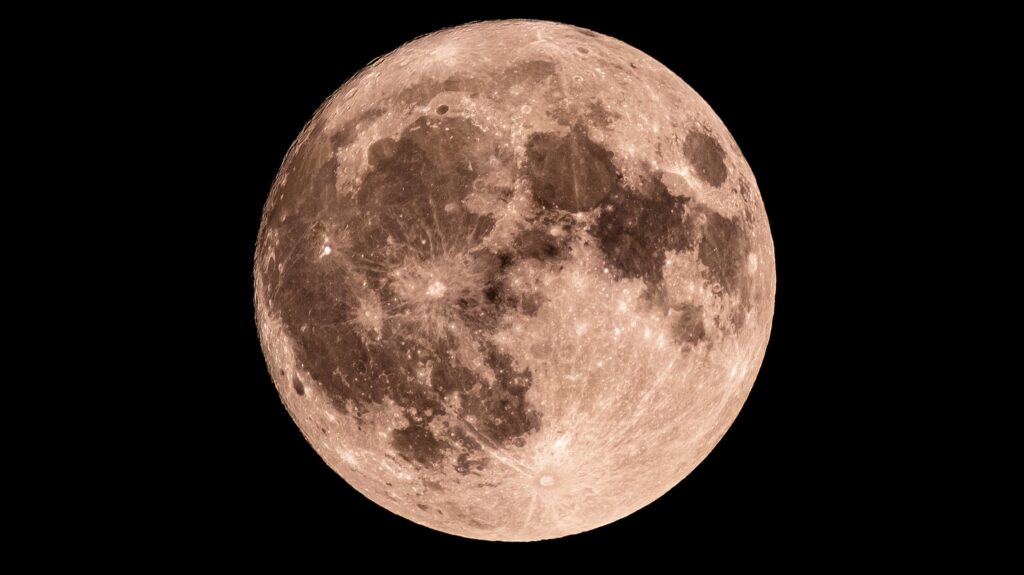
The night of October 4, 2023, presents an exceptional opportunity for sky watchers as it coincides with International Observe the Moon Night. This event, highlighted by NASA, encourages enthusiasts to engage in lunar observation while celebrating cultural and personal connections to the Moon. Tonight, the moon will be in the **Waxing Gibbous** phase, with approximately **91%** of its surface illuminated.
As the moon rises, viewers can easily spot several prominent features, including the **Copernicus Crater**, **Mare Serenitatis**, and **Mare Fecunditatis**, all visible to the naked eye. For those equipped with binoculars, additional details such as the **Apennine Mountains**, **Alphonsus Crater**, and **Clavius Crater** come into view. Telescopes will reveal even more, including the historic landing site of **Apollo 11**, the **Reiner Gamma**, and the **Descartes Highlands**.
Understanding Moon Phases
The phases of the Moon are a result of its **29.5-day orbit** around Earth, as explained by NASA. The varying angles between the Sun, Moon, and Earth create the different phases we observe. From Earth, the Moon appears to change in shape, ranging from a full disc to a crescent or even disappearing altogether, though we always see the same side.
The main phases of the Moon include:
– **New Moon**: The Moon is positioned between Earth and the Sun, rendering its surface dark.
– **Waxing Crescent**: A small sliver of light appears on the right side in the Northern Hemisphere.
– **First Quarter**: Half of the Moon’s surface is illuminated.
– **Waxing Gibbous**: More than half of the Moon is lit, but it is not yet full.
– **Full Moon**: The entire face of the Moon is visible and illuminated.
– **Waning Gibbous**: The illuminated portion begins to decrease.
– **Last Quarter (or Third Quarter)**: Half of the Moon is illuminated again, but now the left side is lit.
– **Waning Crescent**: A thin sliver of light remains before the Moon goes dark again.
Upcoming Celestial Events
Following tonight’s observations, the next full moon is set to occur on **October 7, 2023**. This will follow the previous full moon, which took place on **September 7**. As enthusiasts prepare for the full moon, tonight’s Waxing Gibbous phase offers an excellent opportunity to appreciate the beauty and complexity of lunar features.
In conclusion, October 4 marks a significant occasion for both casual observers and dedicated astronomers alike. Engaging in lunar observation not only enhances the understanding of our celestial neighbor but also fosters a deeper appreciation for the night sky’s wonders.






